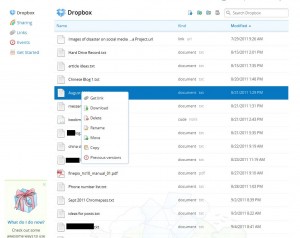In this post, we’ll describe how to encrypt a small folder using TrueCrypt, a free and very powerful encryption tool. You can put anything you want in this folder, of course, but the point of this exercise is to have something that is extremely safe from prying eyes that will allow you to keep your passwords or online account numbers private. Once you create this folder, you can put text files, documents…basically whatever you want to, as long as the total size is not larger than the folder you create. We’ll explain that later.
1. Download and install Truecrypt. You can install Truecrypt or run it from a folder. You could even keep the Truecrypt folder inside your Dropbox folder in order to make it available on every computer that you access Dropbox with.
2. Run Truecrypt. Here is the window that comes up at the start:
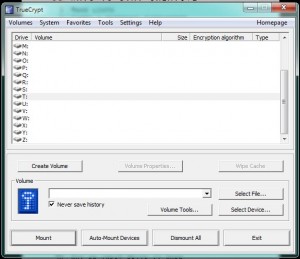
A volume is something that only Truecrypt can open. As you will notice later on, there is no three letter file designation to the folder/file/volume that you create. No other program will recognize it, not Windows, not Notepad, only Truecrypt.
3.
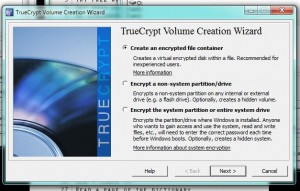
4.
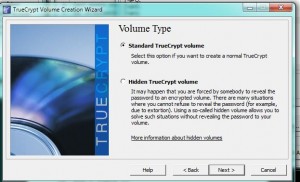
5.
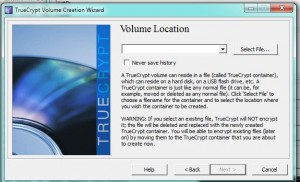
6.
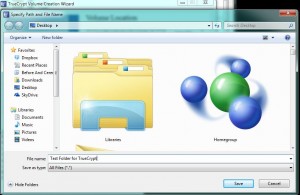
Don’t get confused here. You’re not choosing a file or folder, you are really creating a volume somewhere you are on your computer. We chose our Desktop but you’re on your own here. All you do in this menu is simply type in a name, make up anything you want. You can even use a three letter file name to make this Truecrypt volume look like another kind of file. The default program for that type of file, .avi or .mp3 for instance, will NOT be able to open it, remember? Only Truecrypt can open this file.
7.
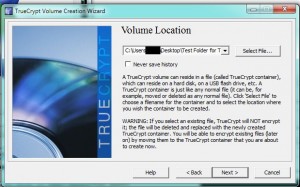
8.
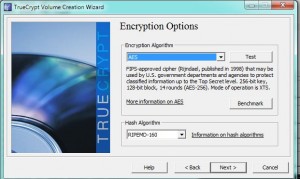
9.
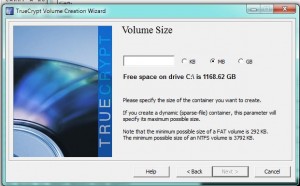
10.
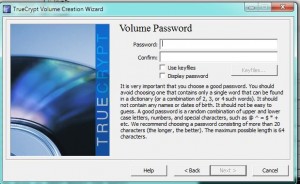
11.
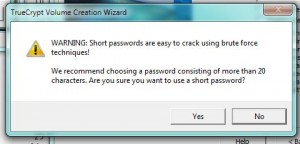
12.
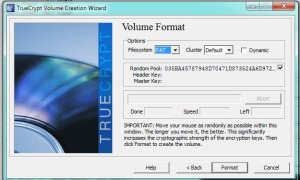
Move your mouse all over this menu for a minute or two then click Format. Truecrypt will then format the volume that you just made, creating, more or less, a separate drive on your computer. That drive is controlled by Truecrypt, nothing else. Windows doesn’t know anything about it, other than it takes up space. It cannot open the volume and will not even suggest a program that might open it.
13.
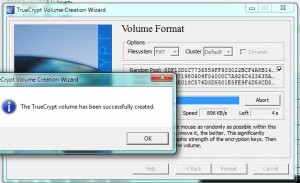
14.
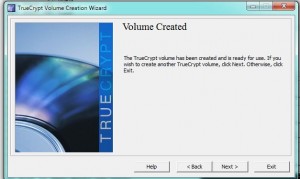
That’s it for now. This post is long enough but we’ve accomplished a lot. You now know how to create a locked volume that can be opened only by you. Even if someone gets access to your computer or your cloud folder, they will not be able to see what is inside this folder. Cool huh?
Next time, we’ll show you how to use this volume. Basically, you just mount it using your password, open it then drop files into it and then dismount it. Once you dismount it, it is locked again.
Thanks for reading!
Check out our Facebook page. Like and follow our updates. Here’s the link: https://www.facebook.com/ComputersMadeSimple

